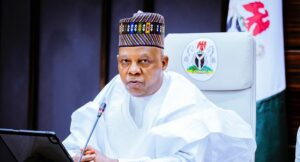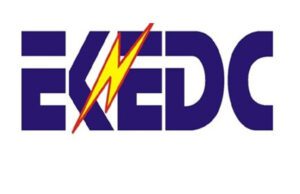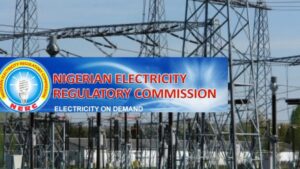Over 770m Africans have no access to electricity — Report
By Uthman Salami
The international Energy Agency (IEA) has revealed that over seven hundred seventy million Africans have no access to electricity.
In this population of Africans without access to electricity, Nigeria accounts for about 10 per cent.
According to IEA, this number of people without access to electricity in Africa dropped from almost 860 million in 2018 to 770 million in 2019.
This represents 38 per cent of the population in the continent.
In its report, 2019 Africa Energy Outlook, IEA said energy access policies continue to bear fruit in Africa, with data showing important progress.
The report gave for the first time an assessment of off-grid electricity access, sourced from government and commercial data.
It noted that 75 per cent of the population without access live in sub-Saharan Africa, a share that has risen over recent years.
The number, IEA said, is set to increase in 2020, pushing many countries farther away from achieving the goal of universal access by 2030.
“By 2030, 50 per cent of the global population without access is concentrated in seven countries – Democratic Republic of the Congo, Nigeria, Uganda, Pakistan, Tanzania, Niger and Sudan.”
A country-by-country assessment shows that only 1 per cent of South Sudan has access to electricity; 3 per cent in Central Africa and 9 per cent in Chad and Democratic Republic of Congo respectively.
Likewise in Burundi, 11 per cent of the population has access, 12 per cent in Liberia and 14 per cent in Niger.
This, according to the IEA, shows how progress remains uneven in sub-Saharan Africa.
On the other hand, 96 per cent of the population in Cape Verde has access to electricity; 85 per cent in Ghana; 76 per cent in Cote D’Ivoire and 71 per cent in Senegal and Sao Tome respectively.
In Nigeria, home to over 200 million people, about 62 per cent of its population have access to electricity.
This, IEA said, implies 77 million of the country’s population are without access to electricity.
Nigeria is second to Democratic Republic of Congo in a toll of countries with highest number of people without electricity access in Africa.
One of the slow-down factors of achieving an increased accessibility to electricity is COVID-19 which has drastically reduced the progress.
In Africa, the number of people gaining access to electricity doubled from 9 million a year between 2000 and 2013 to 20 million people between 2014 and 2019, outpacing population growth.
As a result, IEA said the number of people without access to electricity, which peaked at 610 million in 2013, declined progressively to around 580 million in 2019.
Much of this recent dynamism comes from a small number of countries leading the progress, in particular Kenya, Senegal, Rwanda, Ghana and Ethiopia, the organisation said.
In Kenya, the access rate rose from 20 per cent in 2013 to almost 85 per cent in 2019.
The report stated that the majority of progress over the past decade in Africa has been made as a result of grid connections.
But a rapid rise has been seen in the deployment of off-grid systems, it said.
For example, Kenya, Tanzania and Ethiopia accounted for around half of the 5 million people gaining access through new solar home systems in 2018, up from only 2 million in 2016.
However, the health crisis and economic downturn caused by COVID-19 is compounding the difficulties faced by governments as they look to alleviate energy poverty and expand access, pushing countries farther away from achieving universal access.
Shifting government priorities, supply-chain disruptions and social distancing measures have slowed access programmes and hindered activities in the decentralised energy access area, the report said.
“Sub-Saharan Africa, home to three-quarters of the global population without access to electricity, has been particularly hard hit, and recent progress achieved in the region is being reversed by the effects of the pandemic.
“Our first estimates indicate that the population without access to electricity could increase in 2020 for the first time since 2013.”
The report also suggests that mobilising development finance institutions and donors is critical to ensuring that energy access progress continues.
Similarly, it recommended decentralised solutions as the least-cost way to provide power to more than half of the population gaining access by 2030.
“The least expensive way to achieve universal electricity access in many areas appears to be renewable energy sources: in addition to increasing grid-connected electricity generation from renewables, declining costs of small-scale solar photovoltaic (PV) for stand-alone systems and mini-grids is key in helping deliver affordable electricity access to millions.”
“This is especially the case in remote rural areas in African countries, home to many of the people still deprived of electricity access.”




